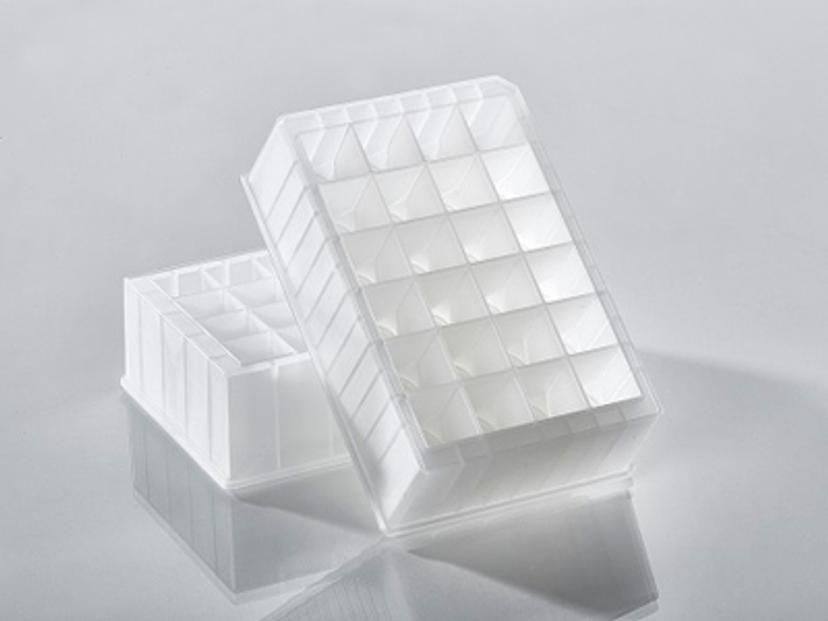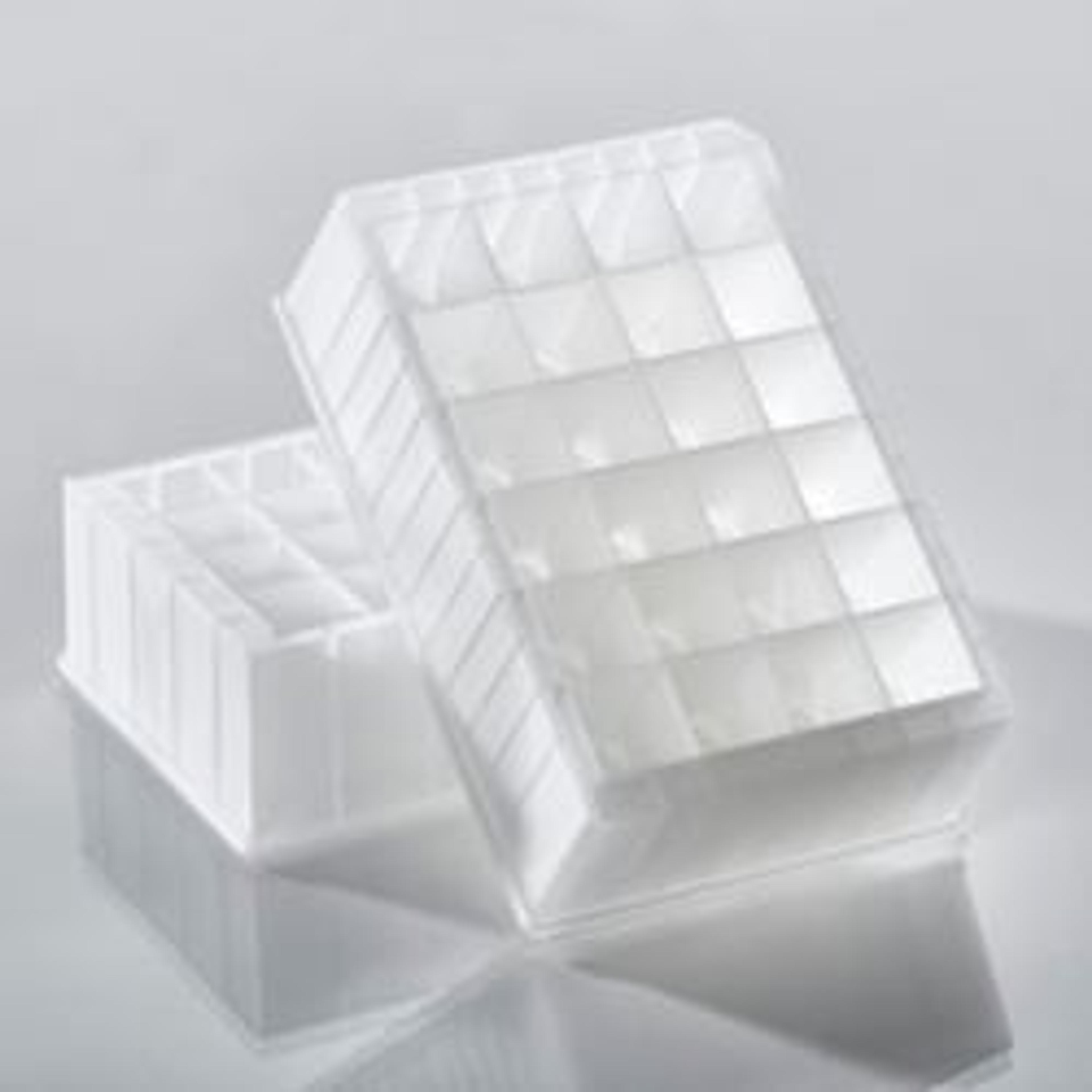How to speed up biologic discovery workflows with holistic solutions
Find out how collaboration between Pall and key life sciences researchers is helping to innovate and accelerate biologic development
26 Jul 2020

In this exclusive interview, we speak with Lori Euler, product manager for Pall Laboratory’s life sciences portfolio, and John Fink, Pall Laboratory’s global marketing manager, about the role researchers have played in developing problem-solving technologies for the life sciences market, including the exciting release of new clarification and sterile filtration plates, and how Pall has teamed up with leading researchers to help combat the COVID-19 crisis.
How have you seen the life sciences industry change?
JF: Over the past few years, there's been a huge focus on biological drug development and recombinant protein research, with a lot of new therapeutics released to market being in that area. At Pall, we're developing and releasing products that help scientists and researchers speed up these discovery workflows, enabling researchers who are starting with hundreds or thousands of different cell lines, to more quickly identify the one that will produce the therapeutic protein of interest. It's really about the speed of development, the speed of receiving data, and the speed of answers.
LE: I agree, speed is definitely a key challenge, and because producing biologics through the recombinant route is an evolving area, there is still a lot of research and development. As the field is evolving so much, every time a researcher creates a construct, it might look really different and though the platforms used are pretty stable, new demands require new ways of doing all these processes. Therefore, customers are still looking for new platforms, new techniques, and new technologies. This area is also very new to a lot of these researchers, and they may not be able to find any information around the required protocols. So, being able to respond quickly when there's an issue and having support from those who understand the research requirements is really important.
JF: It's a great opportunity for companies like Pall Lab to interact and partner with these customers early on to find out and fully understand what they need. This is an area where they’re not manufacturing yet, so they're not locked into processes, and they're looking for innovative, new ways to get to their endpoint more quickly.
Customers are still looking for new platforms, new techniques, and new technologies
Lori Euler
Pall Laboratories
How is Pall Laboratory addressing customer challenges?
Pall's interactive webpages
Pall Laboratory has recently revamped its website to help match up customers to the correct solutions. Through these new interactive webpages, customers can look at their workflows step by step, exploring solutions to the common challenges and receiving suggestions for the best products to use at each experimental stage.
Current interactive webpages:
LE: Pall Laboratory has really changed the way that it looks at products and how it thinks about how customers use them. For the last couple of years, we have had a stronger focus on life sciences, and looked at not just what product does what job, but how we can work with our customers through their entire workflow and position our products as full workflow solutions, as opposed to just one product here and there. Pall has really looked at a holistic view of what our customers need, and I think that's a big change.
JF: We've also really become more familiar with our customers so that we understand their challenges a lot better. We've had a lot of conversations with some big key opinion leaders in order to better understand where the gaps are in their processes and how Pall can help fulfill them either with products we already have or looking at new innovations and new product development.
LE: Recently, we launched two 24-well filter plate products, which really came out of speaking with customers. It wasn’t just a gap to fill in the Pall portfolio, it was also a gap in the filtration market in general. There are a few 24-well filter plates on the market, but in a very different application space.
LE: The first product we launched is a clarification and sterile filtration plate, which allows customers to go directly from a raw cell culture, so CHO or HEK cells, right through to sterile filter proteins in just one step. Two of the worst, most cumbersome steps for a lot of our customers are harvest clarification and sterile filtration. So, we came out with a product that helped. There's not anything else like this on the market currently and the immediate response from customers has been overwhelmingly enthusiastic. Then, we matched this up with a high-performance sterile filtration plate. Both plate types are individually bagged and gamma irradiated, meaning they truly provide sterile filtration. They were challenging products to make, especially the clarification plate, as it has depth media and a membrane included. However, it's been really exciting to launch something truly innovative and truly new in direct response to a customer need.
Pall has really looked at a holistic view of what our customers need
Lori Euler
Pall Laboratories
JF: To add to what Lori has said, researchers are clarifying and filtering proteins every day, throughout their biological research and discovery workflows. It's a very tedious, time-consuming process, where every step is an opportunity to do something wrong and lose proteins. This plate does both steps, clarifying your cells and sterile filtering your protein, at once to help ensure you get the highest concentration of proteins for your downstream analysis.
How are your products being used for COVID-19 research?
JF: We have seen solid adoption of our products for COVID-19-related research, everywhere from our nucleic acid binding (NAB) plates for RNA collection, PCR, and virus identification; our capsules and syringe filters for sterile filtration of media and kits; and our tangential flow filtration (TFF) systems for viral protein concentration research.
LE: It is great to see these researchers using our products for ongoing COVID-19 research, as it provides confidence for our customers. One of the key things right now for customers is speed and our 96-well plates are having a direct impact on potential COVID-19 patients, through diagnostic and antibody testing, as well as providing value to manufacturers who are looking for drug or vaccine candidates. We're really spanning everything from high-throughput diagnostics, all the way through to drug development.
LE: Another thing that we have seen in a lot of the feedback from our customers right now is the unprecedented panic over actually acquiring products, and I think Pall has responded so well to this. We speak to some customers on a weekly basis just to make sure we are really being a true partner and understanding what their demands are. Clearly, nobody has enough of anything on their shelves at the moment. So, when you understand what your customer is doing, it's so much easier to help them and build up a strong relationship. I feel like that is really one of Pall’s strong suits, our understanding of customer demands and ability to rapidly respond to these.
Useful links:
Do you use Pall products in your lab? Write a review for your chance to win>>

